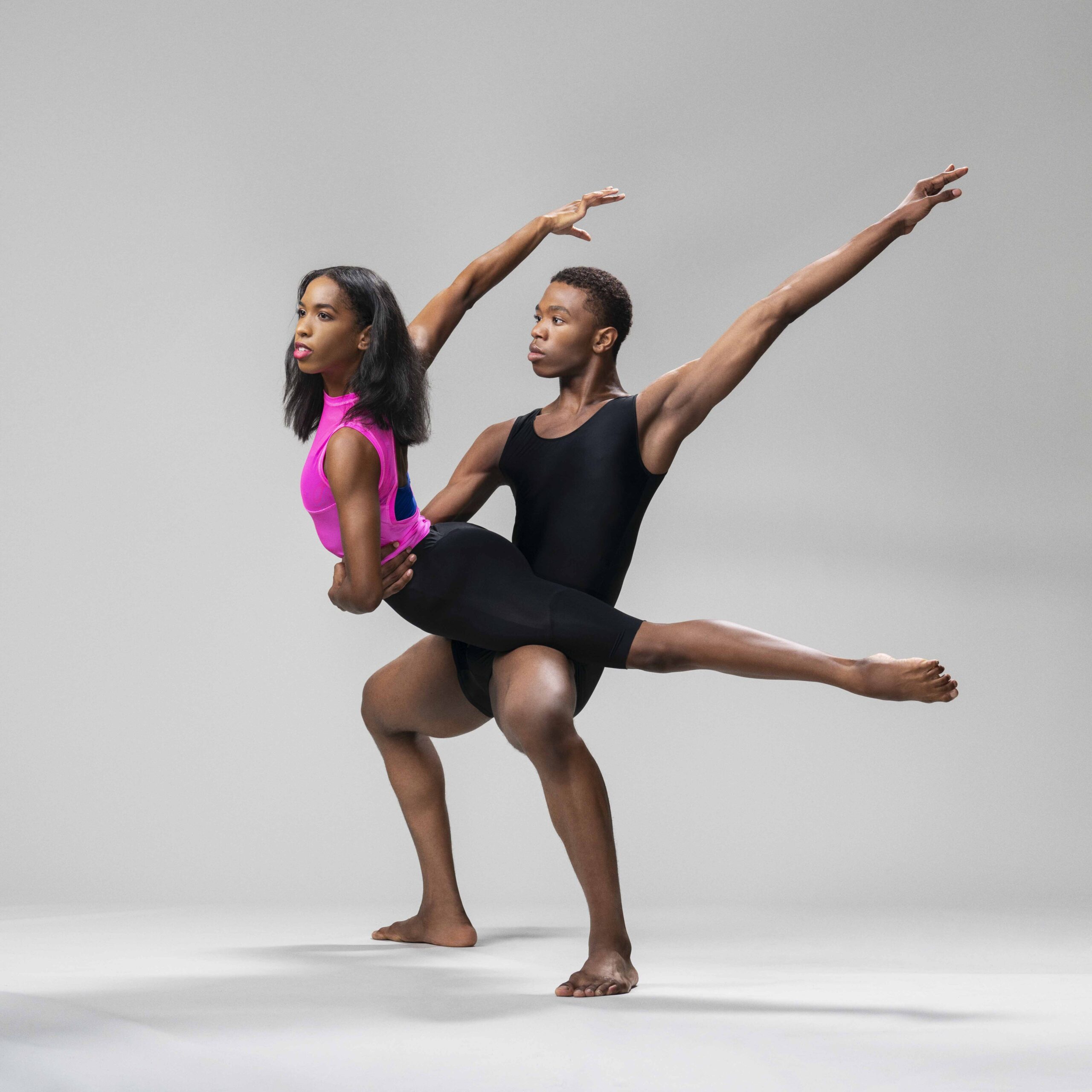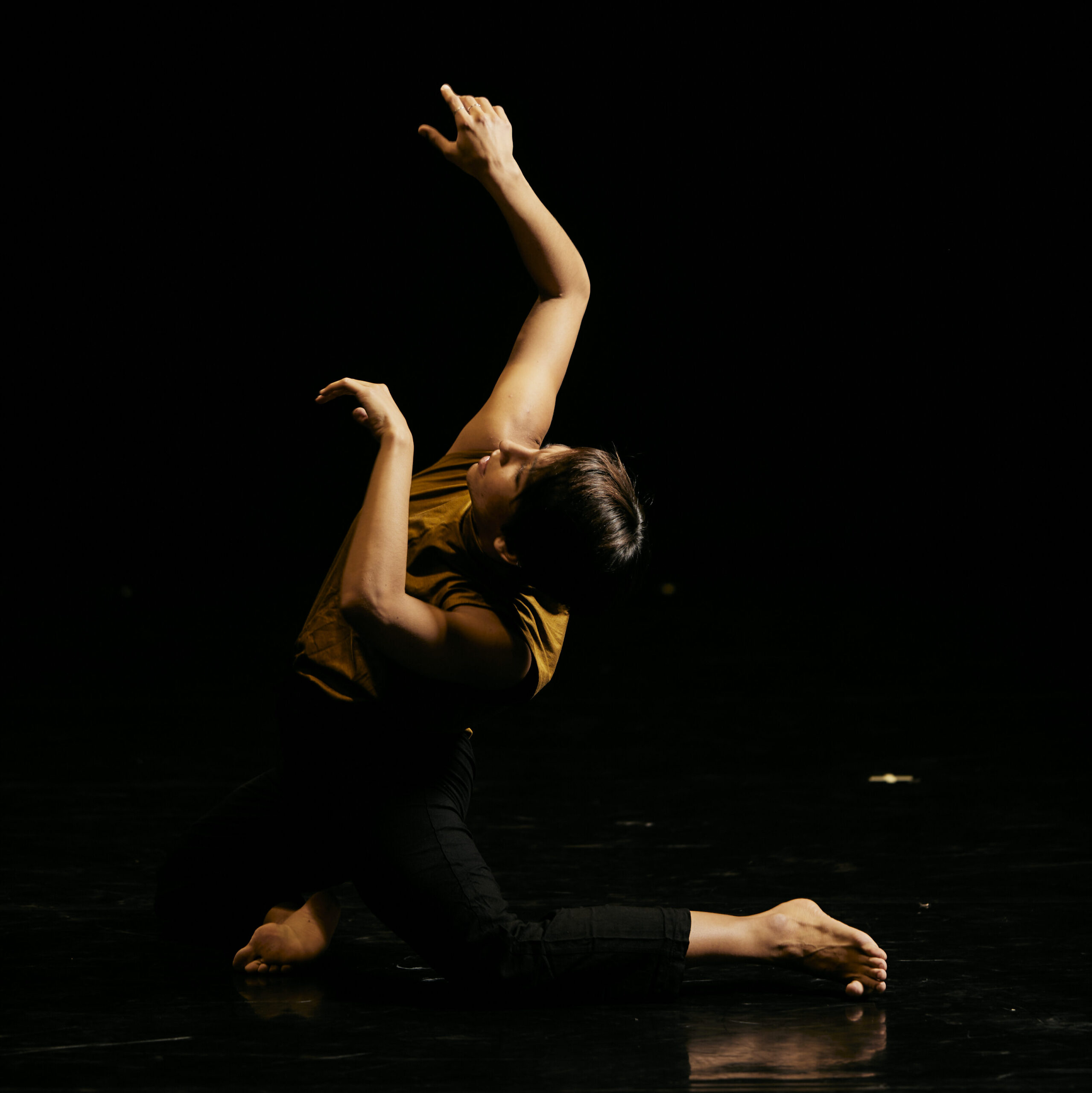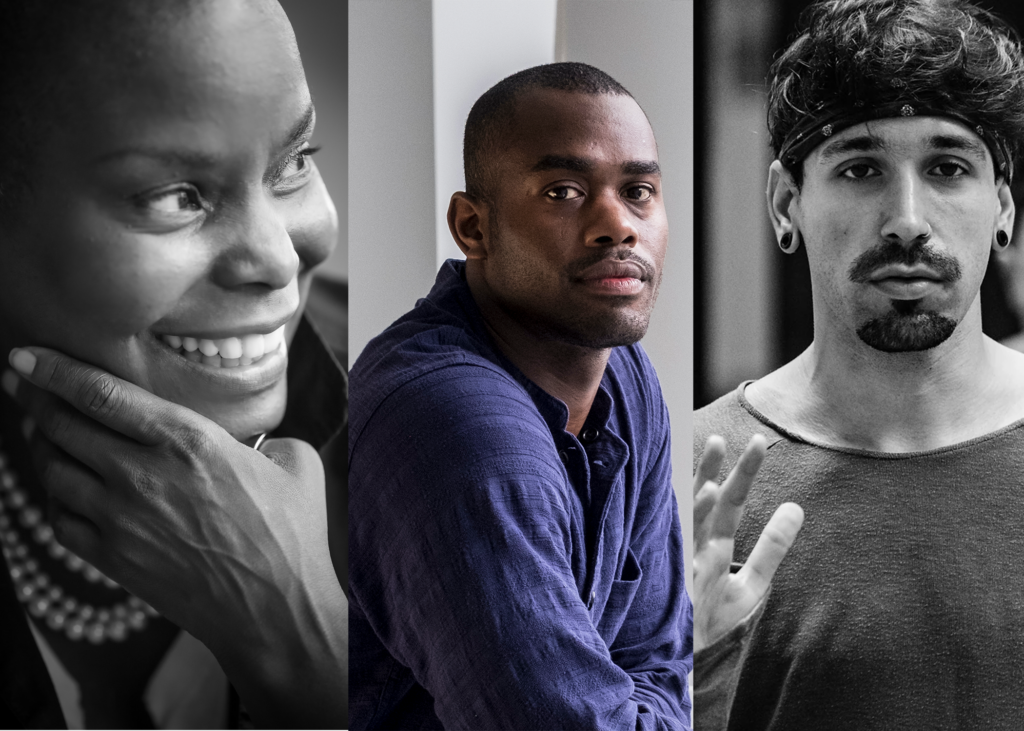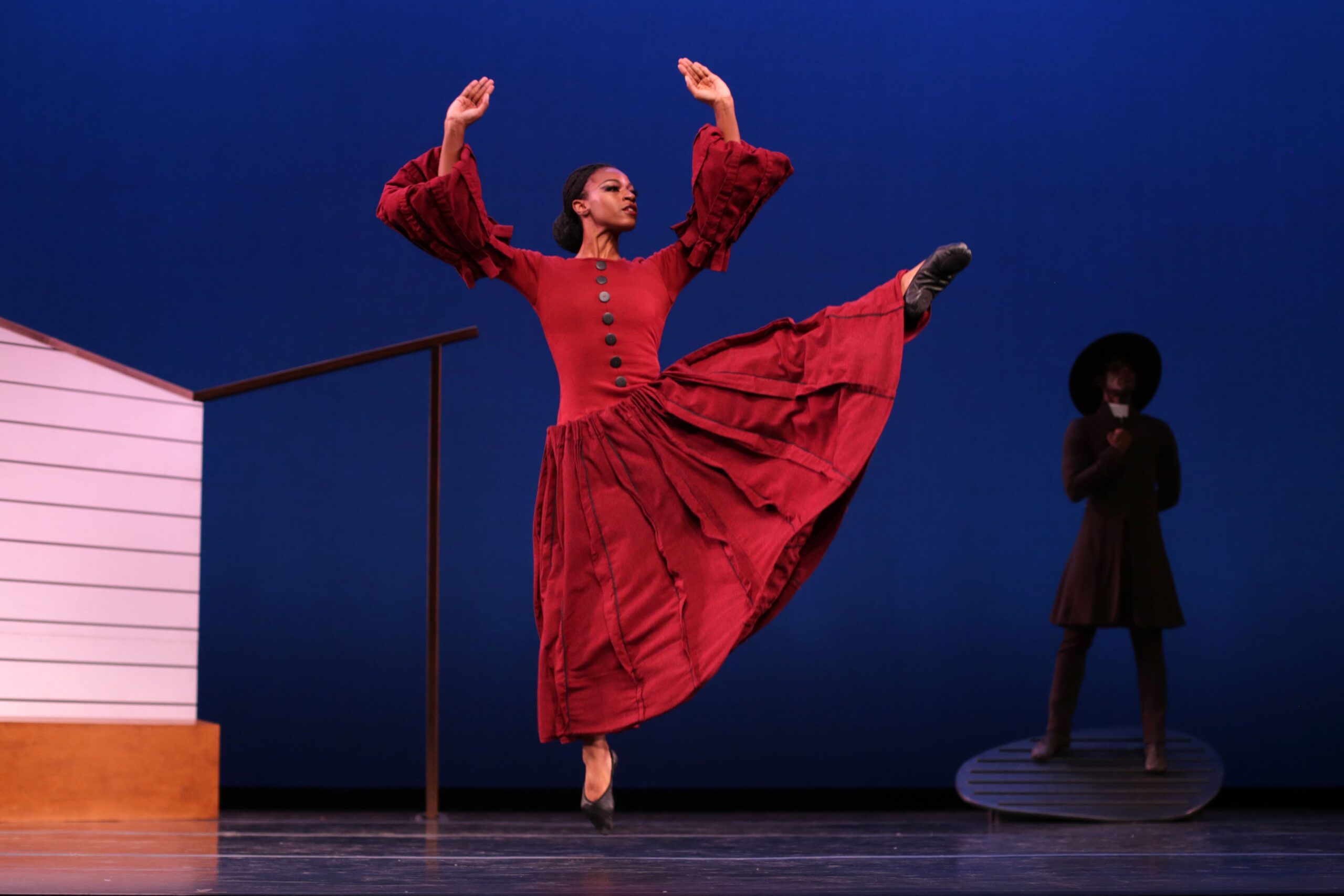92NY Celebrates Its Rich Dance History as a Birthplace of Modern Dance
The 92nd Street Y, New York is one of the most storied dance-history destinations in New York City. When people think of iconic dance spaces over the decades, they might imagine Lincoln Center or Judson Church. But 92NY was where Alvin Ailey premiered Revelations,and its studios were home to Martha Graham, Doris Humphrey, Charles Weidman, and Hanya Holm—all inaugural faculty members when the organization’s Education Department launched the Dance Center in the fall of 1935.
“Through the early decades of modern dance in this country, The 92nd Street Y became a safe haven for many artists who were not being presented anywhere else in New York City,” says Alison Manning, co-executive director of the Harkness Dance Center and director of the Harkness School of Dance at 92NY. Dance legends like Erick Hawkins, José Limón, Sophie Maslow, Pearl Primus, Ruth St. Denis, and Ted Shawn all performed on 92NY’s stage. Although the organization also had classes and concerts in other dance styles, it was a hotspot for modern dance in particular just as the genre was beginning to take off in the U.S.

This year, as 92NY celebrates its 150th anniversary, honoring those dance roots is at the top of the list of priorities. The organization is installing a major exhibit called “Dance to Belong: A History of Dance at 92NY,” from March 12 to October 31, in 92NY’s Weill Art Gallery. It kicks off with a one-night-only performance on March 12 meant to connect the venue’s illustrious past to the promise of what’s ahead. The Limón Dance Company will perform José Limón’s beloved There is a Time, paired with Omar Román De Jesús’ Like Those Playground Kids at Midnight. The Martha Graham Dance Company will perform Appalachian Spring Suite, paired with an excerpt from Jamar Roberts’ We The People. And Ailey II will perform a series of excerpts from Ailey classics, including The Lark Ascending, Streams, and Blues Suite, plus a premiere by Hope Boykin.
“We are highlighting that, in the moment when modern dance was wrestling into relevance in this country, The 92nd Street Y played a pretty critical role in opening doors for artists who needed space and support,” says Manning.

The programming for the upcoming performance began with Limón’s There Is a Time, she says. “The piece represents such an important message about our own 92NY history. There have been ups, there have been downs,” she explains. “And we as an institution have weathered both times of great challenge and of joy, but that we were at the forefront for many overlooked artists, during this important period in modern dance history, in providing support, time for joy, time for grief, whatever they needed to make their work.”
The one brand-new work on the bill is a premiere by Boykin, who says it’s an expression of her gratitude to the legends who paved the path before her. Creating it for this concert was a “no-brainer” she says, since 92NY not only gave some of those legends a platform, but offered her one too: Her first full-evening show of her own took place there in 2021. “This work is a thank-you,” says Boykin. “A thank-you for the lessons, and paths made clear. This work will be a celebration of who I have become as a result of the work so many did before me.”

Putting together the March 12 program has brought home for Manning just how pivotal a role 92NY has played in the story of modern dance, and her role in stewarding that forward for the next generation. “My vision centers around trying to make sure that artists who need a platform and haven’t had an opportunity have it,” she says, “and artists who already have substantial support and known work can lift up these younger, less established artists simply by sharing the space and being presented on these same stages.”
Román De Jesús points out that this is precisely what this particular program is doing for him. The emerging choreographer has recently been racking up fellowships and awards, like the Dance Magazine Harkness Promise Award, yet he still struggles to find resources and venues to showcase his work. “To me, standing on the same stage as legendary companies and alongside fellow emerging artists symbolizes representation, inclusivity, and hope,” he says.
92NY’s long tradition of inclusivity is ongoing, and it will continue to be a place where dance history is made for many more decades to come.




